Bacchus and Ariadne abandoned by Theseus
Oil on canvas, cm 74 x 100 - With frame, cm 89 x 111
The opera depicts a mythological episode, taken from the stories of Ovid and Catullus: the meeting between Bacchus and Ariadne, after the Cretan princess was abandoned on the beach of Naxos by Theseus. The Athenian hero, in fact, killed the minotaur with the help of Ariadne, daughter of Minos, king of Crete, waited for the girl to fall asleep on the island of Naxos to leave with his ship and his companions. When she woke up, Ariadne, desperate and disappointed, began to cry, but suddenly the triumphal chariot of Bacchus (or Dionysus) arrived accompanied by a procession of nymphs and faunas and a cart pulled by leopards. As soon as he saw the young Arianna fell in love with it, got off his chariot, reached her and gave her a wonderful crown of gold made by Hephaestus that, thrown into the sky, went to form the constellation of the Boreal Crown. Arianna returned her love for the god, followed him to heaven, to reach the other gods of Olympus.
In the painting we can find explicit references to an artist active in Naples, Francesco Solimena (1657-1747), one of the greatest interpreters of late Baroque culture in Italy. The painter of our canvas, in fact, seems to be getting back both for the style, focused on characters characterized by strong shadows and light fabrics, both for the compositions both at Solimena, as the chromatic experiments of Luca Giordano, the vigorous and expressive painting of Mattia Preti, but also to the "chiaroscuro" painting of Caravaggio and Giovanni Battista Caracciolo, artists who left an indelible mark in 17th century Naples, European capital of baroque painting.
.The painting with Bacchus and Ariadne reproduces some of the figures conceived by Solimena in his eponymous painting present in the antique market. In particular, the positions of Bacchus are similar with his arm pointing to the clouds in the sky through which he will take Ariadne into Olympus, the figure of the princess to whom is attached a winged putto with a torch, The sight of the bow of the ship of Theseus in departure and the satyr behind the God, while caressing a leopard, as well as the putto on his knees before the Cretan maiden. A reinterpretation in which our artist has decided to focus on the main characters of the scene, to whom he has managed to give feelings and emotions very close to reality.
The object is in good condition












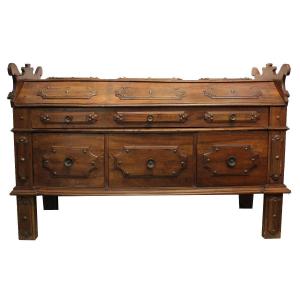



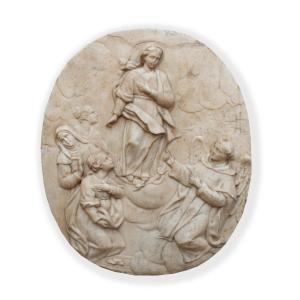





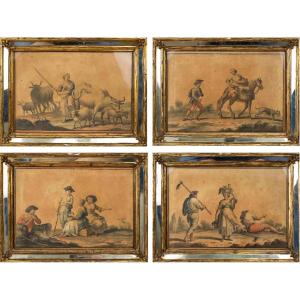
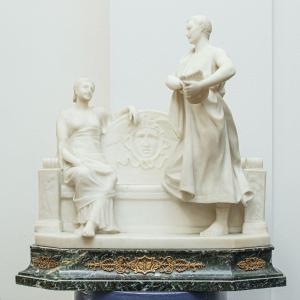

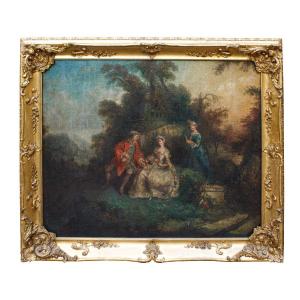
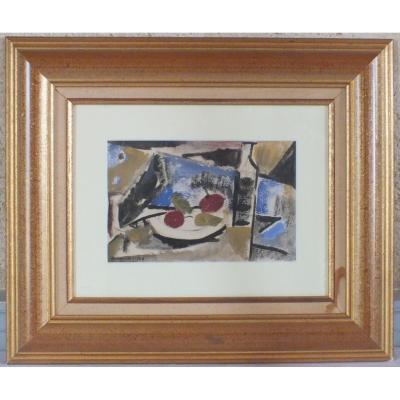


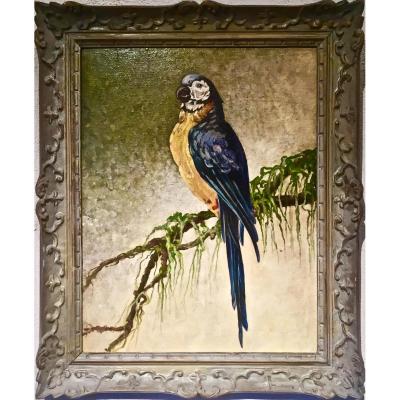
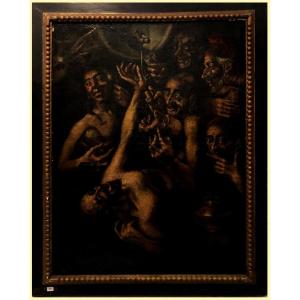



 Le Magazine de PROANTIC
Le Magazine de PROANTIC TRÉSORS Magazine
TRÉSORS Magazine Rivista Artiquariato
Rivista Artiquariato